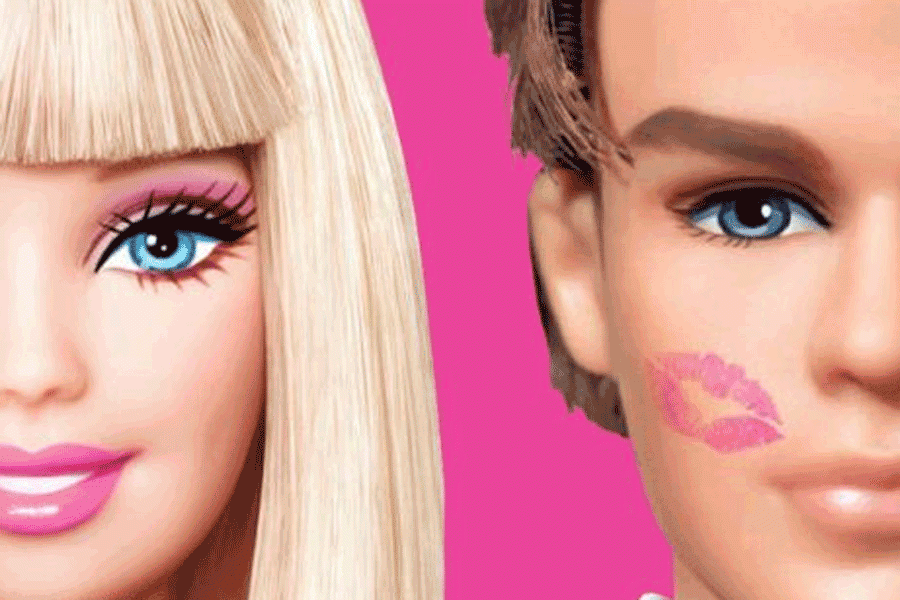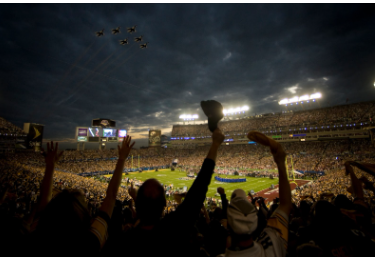Little Photoshopped Dolls
Photo by Madeline Yoki
Photoshopped images and their messages surround us daily. Magazines, billboards, social media, books… in an increasingly image-based society, to be unaffected by such advertising, one would practically have to shove their head in a bag, throw their phone away, and never look outside. Women are often talked about as being the ones who are affected most, who have the movements for body positivity, while the effects on the male psyche are often ignored.
In 2012, an elementary school in Bristol, England came to the realization that students were struggling with body image. “Parents were calling schools to say their children were stressing about what to wear on non-uniform days, or for friends’ birthday parties, or for the school disco,” Nicky Hutchinson, one of the teachers, said.
To see how to best help their students, the school conducted a survey among all students. The results? By age ten, 33% of girls and 22% of boys said: “how their bodies look is their number one worry.” On average, these kids have begun dieting for looks at 10 years old. This includes boys. This was all the way back in 2012 when social media was hardly at play in young lives.
Studies on women’s’ body image are incredibly extensive, as it has been deemed important by society. They are relatively more susceptible to low self-esteem, but that doesn’t make men invincible. Bradley University published an article on the male body image and effects in comparison to female. They say that men are “more prone to ‘atypical’ eating disorders and substance abuse than women”, and that they often refuse to seek treatment because of the associated shame.
What brings harsh judgment on their bodies is the same for both men and women. Bradley University cites a 2006 study of boys aged 14-16 which watched how they used media and its overall influence. Rather than their expected results of “they will want to become more muscular as that is what is seen”, the boys showed that they used social media mostly to keep up on trends and appear “part of the crowd”.
Their need to appear cool is just as much a disguise of insecurities as social pressure. “The study participants did express their main concerns to be hair, fashion, weight, height, pimples, and not getting teased. Essentially, they just wanted to fit in,” Bradley University’s study said. These are quite similar to the central issues around many women’s body images. Why, then, are there fewer resources dedicated towards men?
We need focus towards the other half of the population. Female movements are great and empowering, but we cannot simply ignore men when they have incredibly similar problems. Just like with women and their bodies, we need to work on removing the stigma that men cannot be affected by social pressures and trends that lead them into body negativity. We should want it for everyone, not just the women.

Kallie Brown is completely stoked to be back on staff as a senior and Arts & Entertainment Editor....




